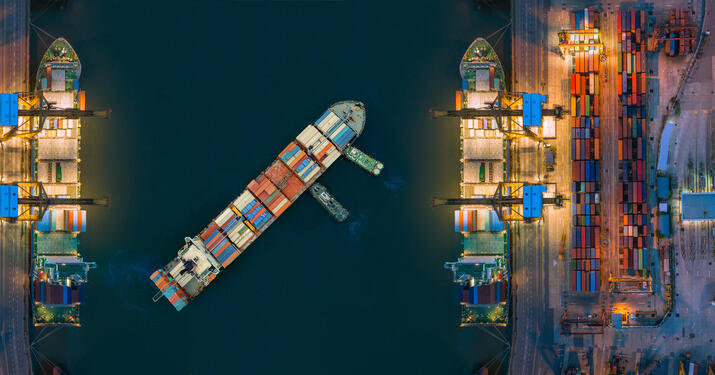Navigating EU ETS
The ETS market is complex and will see an overall expansion with a stricter and more complex regulation. With World Kinect, you gain an expert partner, specializing in end-to-end ETS solutions, and a single trusted point of contact throughout the process saving you time, resources and budget by understanding the best method of securing Allowances. You are guided through the practical concerns regarding ETS registry issues. Our experts hold workshops and consult with you on investment decisions and long-term carbon market forecasting.


